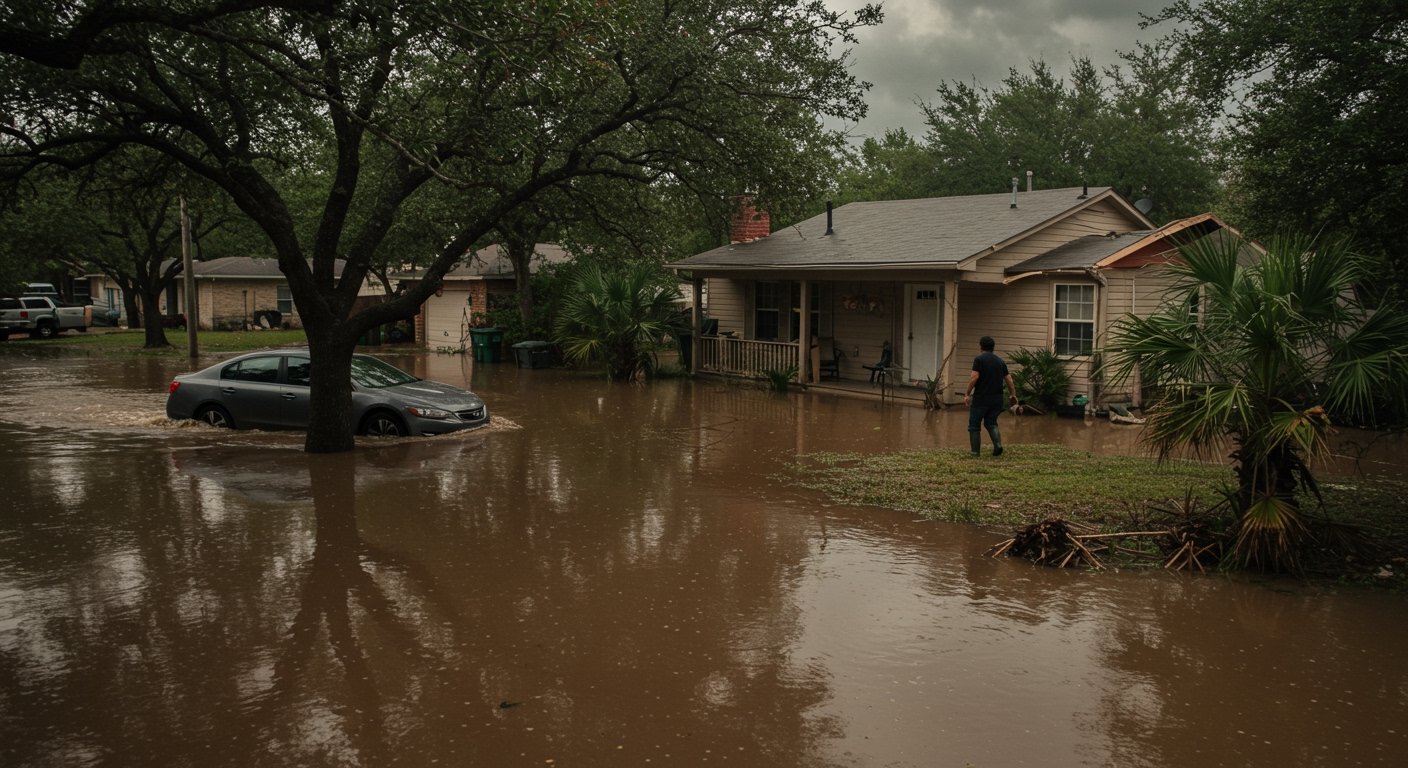Austin, Texas – Governor Greg Abbott on May 28, 2025, officially renewed the disaster proclamation for four South Texas counties severely impacted by storms and flooding that began in late March of that year. The renewal underscores the persistent challenges faced by communities in Cameron, Hidalgo, Starr, and Willacy counties, maintaining the state’s disaster status nearly two months after the initial weather event.
Origins of the Disaster
The severe weather system that prompted the initial declaration commenced on March 27, 2025, bringing a dangerous combination of heavy rainfall, flash flooding, and hazardous wind gusts across the region. This confluence of adverse conditions led to widespread and severe property damage, and tragically, resulted in injury or loss of life within the affected areas. Recognizing the significant impact and the need for coordinated state assistance, Governor Abbott originally issued the disaster proclamation on March 29, 2025, covering the four aforementioned counties.
Legal Authority and Continued Support
The act of renewing the disaster proclamation on May 28, 2025, is undertaken pursuant to the authority granted by Section 418.014 of the Texas Government Code. This statutory provision empowers the Governor to continue a disaster declaration when the conditions necessitating the original declaration persist. The renewal ensures that the state government can maintain an elevated level of response and resource deployment to aid the recovery efforts in Cameron, Hidalgo, Starr, and Willacy counties.
The proclamation explicitly authorizes the use of all available resources of state government and political subdivisions. This broad mandate, provided under Section 418.017 of the Texas Government Code, allows for the mobilization of state agencies, personnel, equipment, and funding to support local recovery operations, address infrastructure damage, and provide assistance to affected residents.
Expediting Emergency Response
Crucially, the renewed proclamation also highlights provisions aimed at facilitating a more agile and effective emergency response. It references Section 418.016 of the Texas Government Code, which allows for the temporary suspension of regulatory statutes or rules. This authority is intended to remove potential bureaucratic hurdles that could impede necessary disaster response and recovery actions.
The proclamation specifically notes that this flexibility is particularly relevant for emergency response contracting or procurement processes. By potentially suspending regulations that might otherwise slow down the acquisition of necessary goods, services, or construction related to disaster relief, the state and local governments can expedite critical recovery work. However, any such suspension of regulations requires written approval from the Office of the Governor, adding a layer of oversight to this exceptional authority.
Ongoing Recovery and Documentation
The continuation of the disaster declaration signifies that the state assesses the impacts of the severe storms and flooding as ongoing, requiring sustained state intervention and support. The renewal serves as a formal acknowledgment that the affected counties are still in a phase of recovery and require the extraordinary resources and legal flexibilities afforded by a disaster proclamation.
In accordance with standard procedure, copies of the renewed proclamation are required to be filed with applicable governmental authorities. This ensures that the declaration is properly documented and communicated to all relevant state and local entities involved in disaster response and recovery efforts.
Signed in Austin, Texas, the renewal reaffirms the state’s commitment to assisting the South Texas counties as they navigate the complex and lengthy process of rebuilding and recovering from the significant damage inflicted by the severe weather event that began on March 27, 2025.






